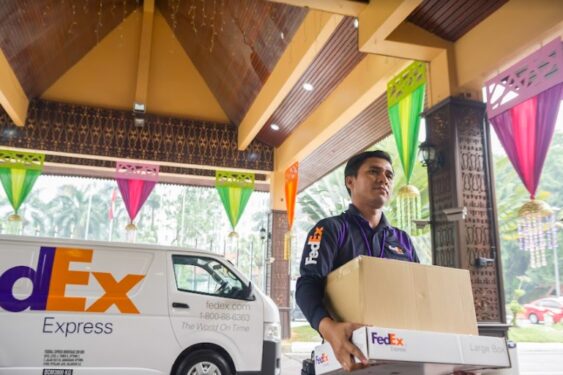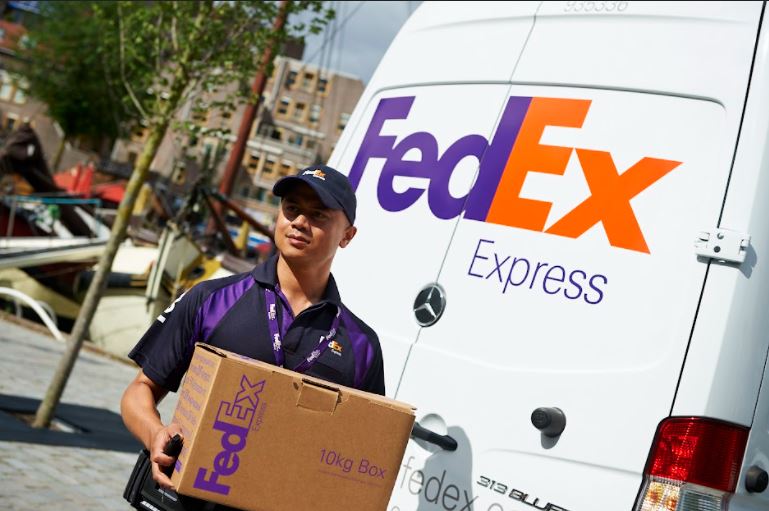IF you’re not buying online today, you’re probably the exception compared to the norm, especially with the holiday gift-buying season coming up upon us.
Consumer demand is such that e-commerce growth rates in the Asia Pacific region have already met projections for 2025.
For sellers, setting up a storefront on platforms like Alibaba – home to a combined one billion active users globally – is now a given.
This year, retailers are ramping up efforts to cut through an increasingly crowded online marketplace. As logistics underpins e-commerce sales, we have witnessed some critical shifts that may help retailers stay ahead this holiday season.
- E-commerce 3.0: Winning through immersive experiences
E-commerce 1.0 was all about building a website and product catalogue for people to purchase. E-commerce 2.0 centred on building omni-channel retail and understanding more about customer buying patterns through data analytics.
Now we are living in an era of e-commerce 3.0, applying methods like livestreaming and augmented or virtual reality to create immersive customer experiences that bring better brand and product understanding and better service to those browsing online.
In fact, close to 50% of consumers say they would pay extra for a product if brands could offer more immersive shopping experiences.
China has long been the global trendsetter in the e-commerce field and it’s fair to say what happens here defines the way forward. With more than 638 million Chinese engaging with livestreams and shopping online, livestream platforms are now a critical engine driving e-commerce growth.
Ahead of this year’s Singles Day sale, one of China’s top live streamers sold a staggering US$1.7 bil worth of goods within the first 12 hours, attracting more than 250 million views.
As more small businesses build their e-commerce presence, China’s live commerce successes are now being replicated elsewhere in the region. The intent to shop on social media platforms is going up, as high as 88% in countries like Thailand.
- Dig deeper: Consider subscription models
Shopping online may have lowered the barrier to making a transaction but engaging with your customers to get them coming back for more can be tricky. Consumers are inundated with a sea of product information every day.

A simple search of ‘camera’ on Amazon yields 70,000 results – and let’s not forget the programmatic advertising that consumers are exposed to once the search occurs. In short, consumers are easily distracted.
Subscription models can help increase returning customers. When it comes to e-commerce, small businesses in Asia are also capitalising on this trend. Just look at the popularity of monthly wine hampers in Australia, beauty boxes in South Korea, and premium fruit baskets in Japan.
All of this is being fuelled by consumers’ increasing disposable income and pent-up desire to live life to the fullest during the pandemic.
Prolonged lockdowns have meant that receiving little moments of joy through the post regularly helps to break through the monotony of not being able to travel. If retailers can capitalise on this and find a way to have their customers sign-up for a subscription, it can become a stable stream of revenue.
- Supply chains: Agility and resiliency will be key
In the old days, e-shoppers’ focus sat squarely on price. But in today’s on-demand economy, where instant gratification means the world to consumers, personalised delivery services such as when and where the product should arrive and whether it can be redirected to a locker if they’re unavailable to pick it up are critical to driving sales.
Companies therefore need to build more robust delivery services and resilient supply chains to meet consumer needs.
It is no exaggeration to say that your e-commerce success depends on how strong your supply chains are. Just look at how many times ‘supply chain’ has been mentioned in earnings calls among S&P 500 companies this month – a whopping 3,000 times!
This need is particularly pronounced with COVID-19 restrictions still in place in many countries. For example, a well-known South African footwear brand relied on FedEx during the lockdowns as they were facing difficulties driving sales via their local retail outlets.

By leveraging FedEx transportation solutions and technology expertise, the brand was successfully able to expand to new international markets beyond Africa while doubling their global distribution network.
What does that mean for retailers like you? Collaborating with a reliable logistics company that can flex its network to reach your customers in whatever circumstances is critical. You earn an extra bonus point if your consumers save on delivery costs.
And that’s exactly where we at FedEx have been investing in – fast and convenient international delivery services at attractive prices.
This holiday season is set to be another epic one for small businesses and e-commerce merchants. A chain is only as strong as its weakest link so make sure that logistics support is your point of strength.
Make this a time of festive cheer for your customers and your business. – Dec 29, 2021

Kawal Preet is FedEx Express’ president (Asia Pacific, Middle East, and Africa).
The views expressed are solely of the author and do not necessarily reflect those of Focus Malaysia.









